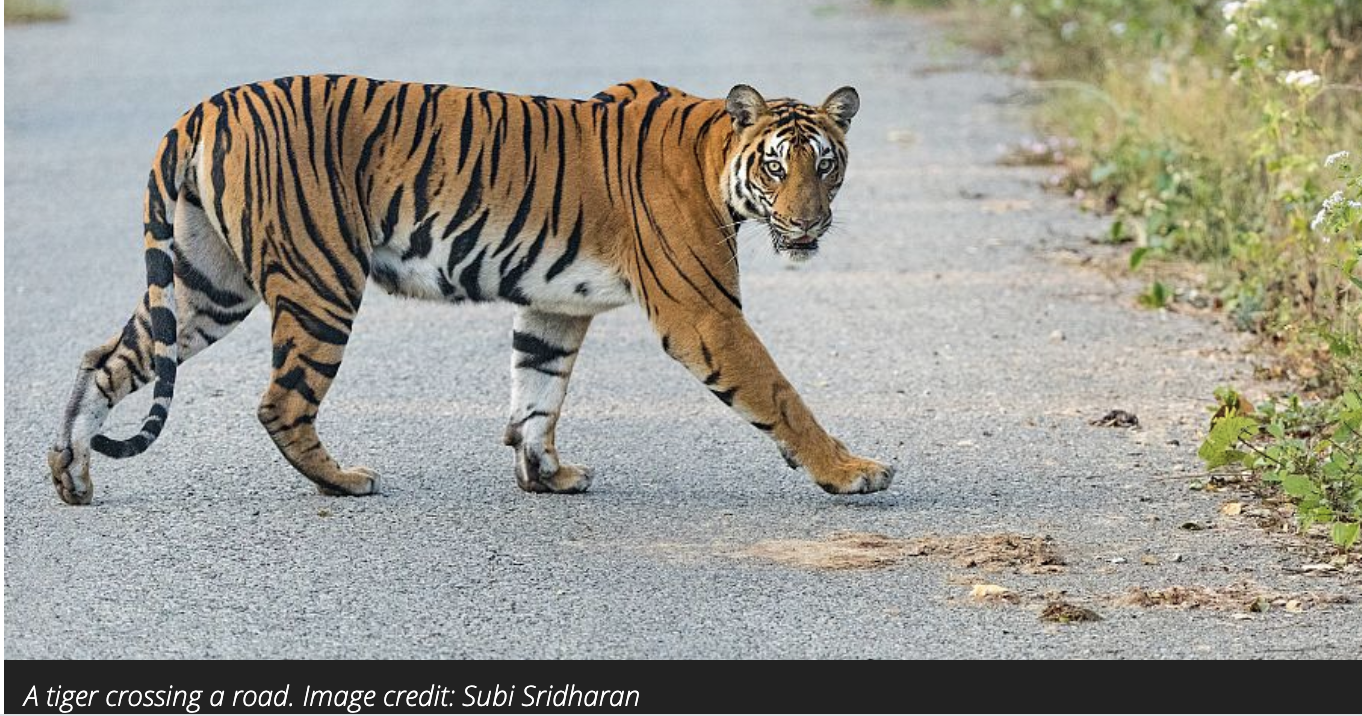By Dr Matthew J Muir BVSc/BVetBiol (Hons)
As the world recovers from its Tiger King binge, its important to point out that recent developments for wild tigers have indicated that a holistic solution to saving the tiger is not unfortunately in sight, read the full article and download India’s “A policy framework for connectivity conservation and smart green infrastructure development in the Central Indian and Eastern Ghats tiger landscape” white paper here
While at Planet Decent we try to remain positive in the media stories we present, aiming to inspire positive change, with a special focus on empowerment of people to protect and ultimately improve biodiversity, it is important to share the truth and the terrible situation.
In order to appreciate how things could go sour for Tigers globally, we can take Laos as a case example.
I wish to keep this brief and let the footage speak for itself. It is important to realise poverty is endemic globally and wildlife trafficking / bush meat consumption can be ways for many disempowered people to feed their families, so we must look at wildlife conservation through the lens of the human inequality issue facing our planet.
When I was trekking in Laos, my guide expressed his delight that Tigers had vanished from his area as he was scared of being eaten by them as a child. It is important for conservationists and global citizens to remember that it is easy to want to have predators living everywhere but we must also be mindful of predator-human conflict and how mitigating it needs to be part of the solution.
I wish to present the following 3 videos to show what can happen to biodiversity hotspots. This is an example of an Indo-Chinese biodiversity hotspot that has been ravaged. Clouded Leopard, Asian Leopard, Marbled Cats, Soala, Asiatic Golden Cats, Asiatic Elephant and Mainland Tiger were all camera trapped. For more on biodiversity hotspots check this out. While deforestation and keystone species prey density are major factors affecting species conservation, this area has also suffered significantly from poaching. Videos 1 and 2 are before and afters which I hope give the reality check that many people need.
The 3rd Video reveals another major issue in Laos which are industrial Tiger Farms, thought to put an end to the poaching of wild tiger by flooding the market with cheap farmed tiger products, which has been demonstrated as an ineffective strategy for other species (protected by CITES that are still traded illegally) including bear and elephant.
It is highly important for all citizens of the world to realise that we have lost 96% of Tigers in the last 100 years and at high risk for ongoing losses with increased infrastructure development, land clearing and human population in Asia. It is unclear if captive bred tigers would be able to survive in the wild so we cannot rely on this. We also may not have appropriate geographic locations to even try to release captive bred tigers should they become extinct in the wild. We must act on a systematic level NOW.
Please view, share and comment below.
Video 1:
A well captured overview of Laos as a wildlife wonderland. So much promise, but already you can see risk-factors associated with mindless wildlife trade.
Video 2:
The sad reality of what ensured over the following decades. We need to be aware of how quickly biodiversity hotspots can be depleted.
Video 3:
Awareness for the Tiger Farm Industry (with farms known in Laos and China), why they exist and the Organised Criminals behind it

